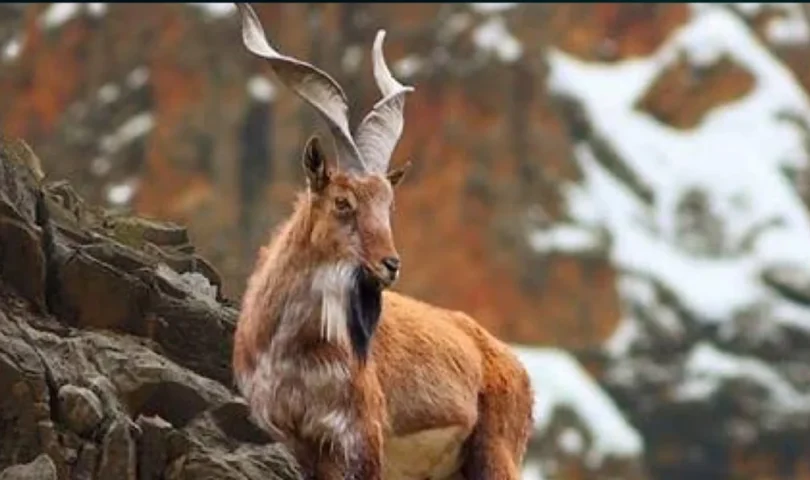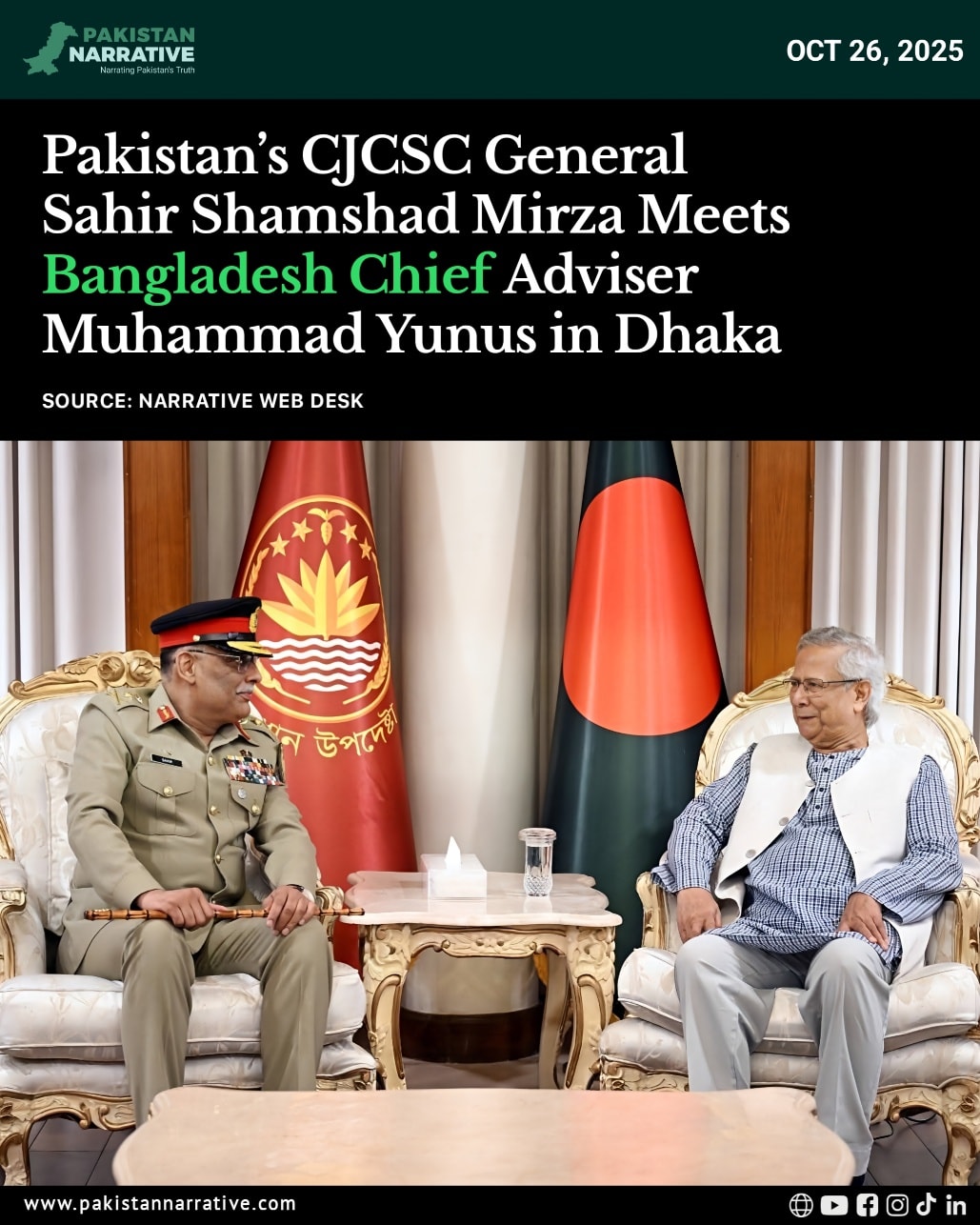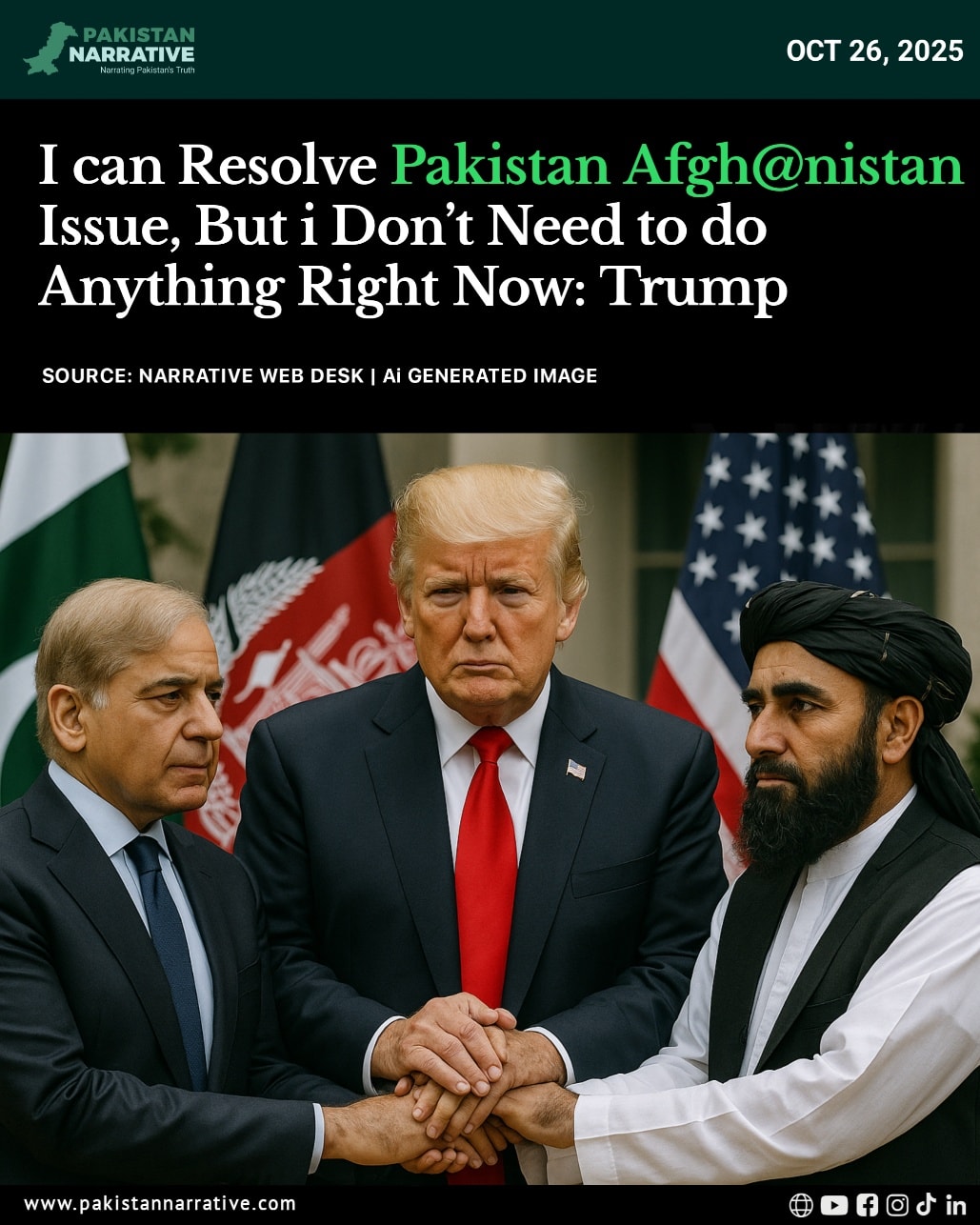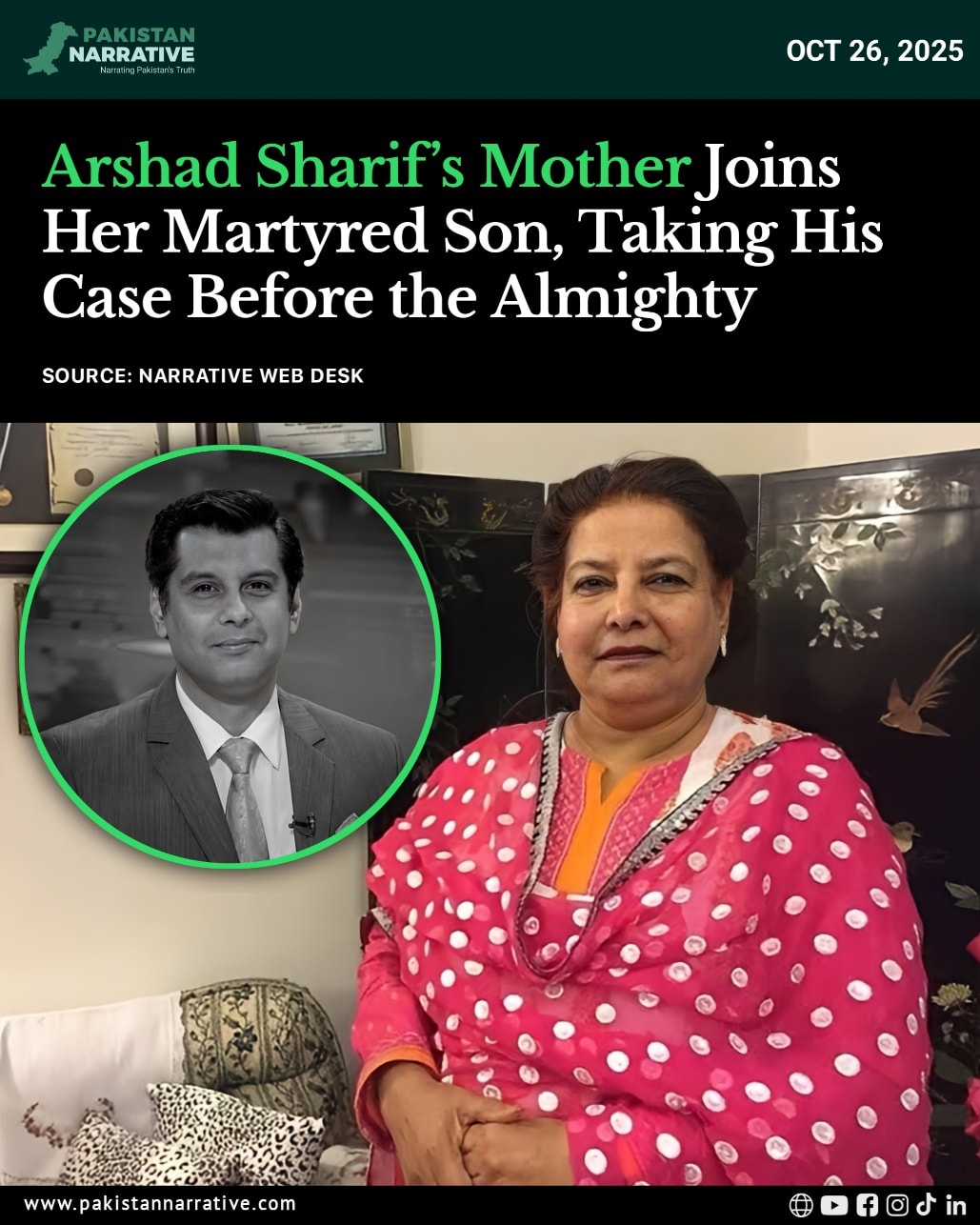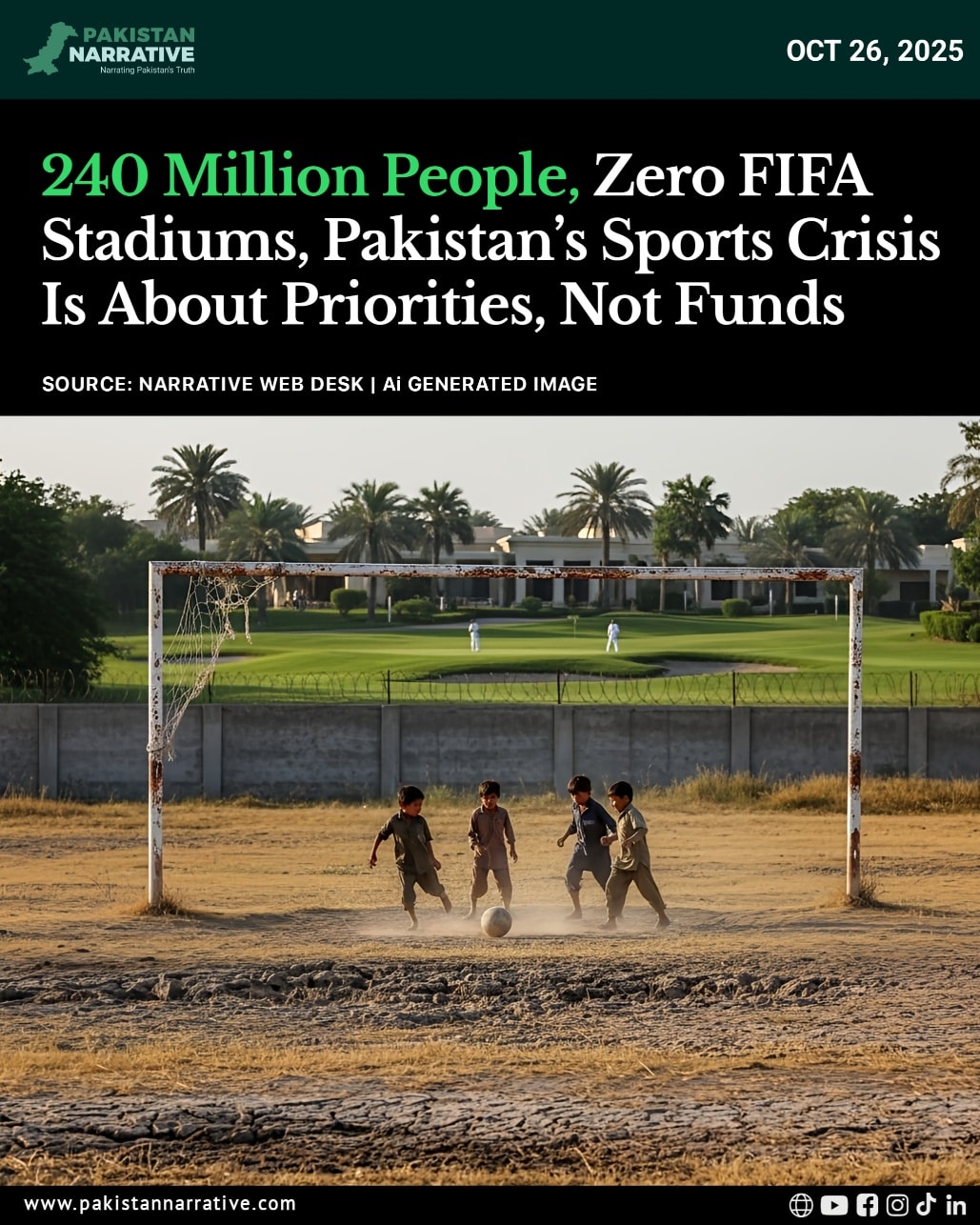GILGIT: The Gilgit-Baltistan Parks and Wildlife Department on Wednesday auctioned trophy hunting permits for endangered animals, with the highest permit — to hunt an Astore markhor — fetching a record $370,000.
Each hunting season, from November 1 to April 25, permits are issued under the Gilgit-Baltistan Wildlife Act, 1975, for a limited number of animals. This year, four Astore markhors, 14 blue sheep and 100 Himalayan ibexes were put up for auction.
For the 2024–25 season, the base price of an Astore markhor permit was raised to $200,000, while permits for blue sheep and Himalayan ibex were set at $30,000 and $10,000, respectively. Last year, the starting fees were $150,000, $9,000 and $5,500.
The auction, held at the Forest and Wildlife Complex in Gilgit’s Jutial area, witnessed robust participation. Unlike last year — when permits were sold only after repeated attempts — all trophies were successfully auctioned in the first sitting.
Read More: Blood Moon to Grace Pakistan’s Skies on September 7–8
The highest bid was placed for an Astore markhor in the Nanga Parbat Community-Controlled Hunting Area (CCHA), Chilas, at $370,000. Other permits sold for $286,000 in Khanbari CCHA, Darel, $270,000 in Minawar CCHA, Gilgit, and $240,000 in Tangir CCHA.
Among Himalayan ibex trophies, the top bid for an exportable permit reached $14,000, while non-exportable permits attracted Rs1.85 million. Local hunters secured ibex permits with bids as high as Rs750,000.
For blue sheep, exportable trophies went for $37,550, while non-exportable ones fetched Rs1.45m.
For the first time, three Astore markhor trophies were allocated to the Diamer district on a tentative, alternative basis. Wildlife department sources said permits could be transferred to Diamer if hunters face difficulties in their designated areas.
In previous years, the Home Department and security agencies had refused to issue No-Objection Certificates (NOCs) for Diamer due to security concerns. However, this year, the chief minister personally intervened, convincing the technical committee — comprising the Wildlife Department secretary, chief conservator, conservator and range forest officers — to approve the allocation.
Wildlife Conservator Khadim Abbas told that 80 per cent of the revenue goes to community-controlled hunting areas, while the remaining 20pc is retained by the government.
Last year, communities received Rs242.9m, while the government’s share stood at Rs60.7m. The funds are distributed through formal, cross-verified events.
